Chia-Lin Yu
Deploying Image Deblurring across Mobile Devices: A Perspective of Quality and Latency
Apr 27, 2020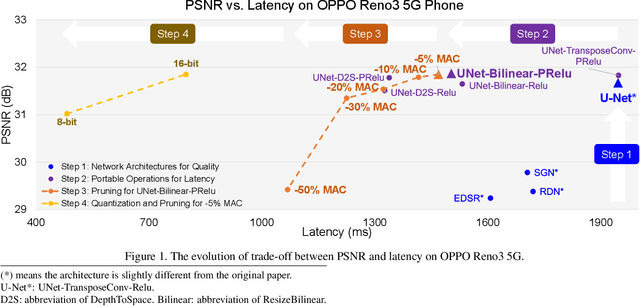

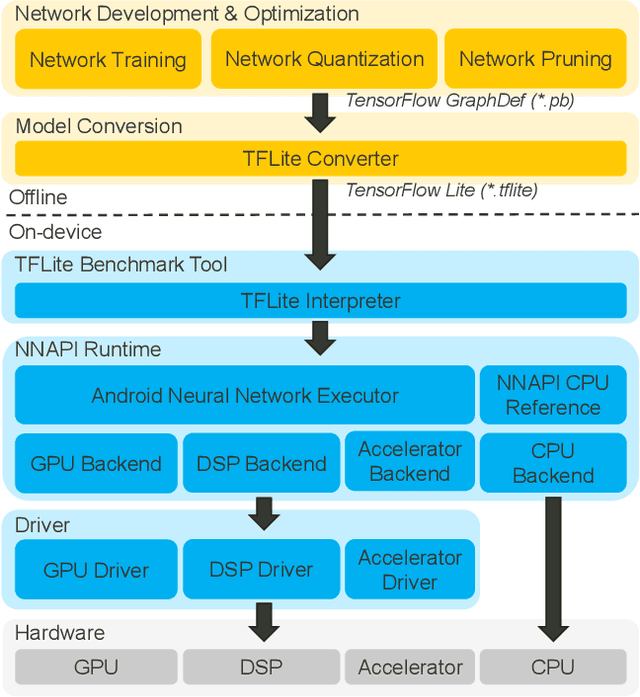

Abstract:Recently, image enhancement and restoration have become important applications on mobile devices, such as super-resolution and image deblurring. However, most state-of-the-art networks present extremely high computational complexity. This makes them difficult to be deployed on mobile devices with acceptable latency. Moreover, when deploying to different mobile devices, there is a large latency variation due to the difference and limitation of deep learning accelerators on mobile devices. In this paper, we conduct a search of portable network architectures for better quality-latency trade-off across mobile devices. We further present the effectiveness of widely used network optimizations for image deblurring task. This paper provides comprehensive experiments and comparisons to uncover the in-depth analysis for both latency and image quality. Through all the above works, we demonstrate the successful deployment of image deblurring application on mobile devices with the acceleration of deep learning accelerators. To the best of our knowledge, this is the first paper that addresses all the deployment issues of image deblurring task across mobile devices. This paper provides practical deployment-guidelines, and is adopted by the championship-winning team in NTIRE 2020 Image Deblurring Challenge on Smartphone Track.
Domain Specific Approximation for Object Detection
Oct 04, 2018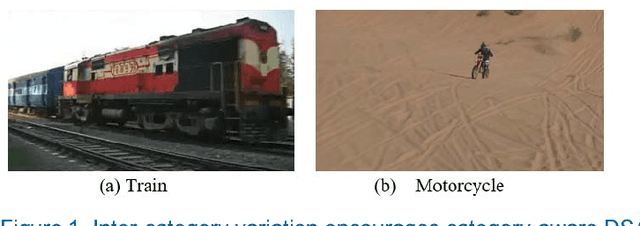
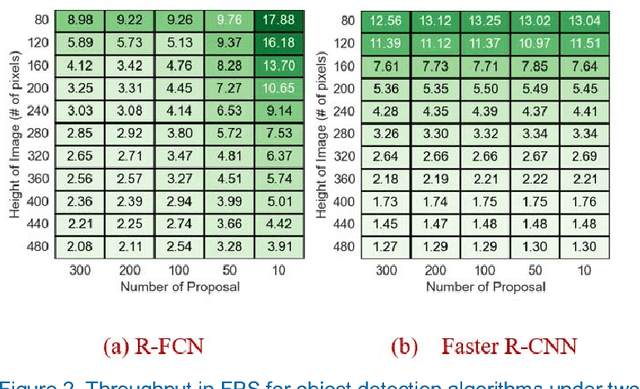
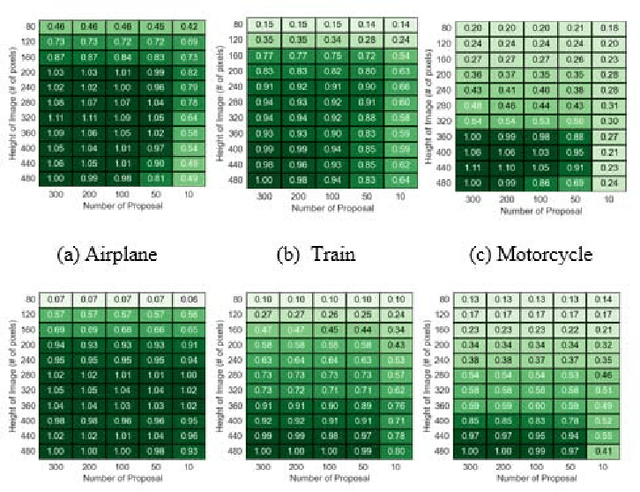

Abstract:There is growing interest in object detection in advanced driver assistance systems and autonomous robots and vehicles. To enable such innovative systems, we need faster object detection. In this work, we investigate the trade-off between accuracy and speed with domain-specific approximations, i.e. category-aware image size scaling and proposals scaling, for two state-of-the-art deep learning-based object detection meta-architectures. We study the effectiveness of applying approximation both statically and dynamically to understand the potential and the applicability of them. By conducting experiments on the ImageNet VID dataset, we show that domain-specific approximation has great potential to improve the speed of the system without deteriorating the accuracy of object detectors, i.e. up to 7.5x speedup for dynamic domain-specific approximation. To this end, we present our insights toward harvesting domain-specific approximation as well as devise a proof-of-concept runtime, AutoFocus, that exploits dynamic domain-specific approximation.
* 6 pages, 6 figures. Published in IEEE Micro, vol. 38, no. 1, pp. 31-40, January/February 2018
 Add to Chrome
Add to Chrome Add to Firefox
Add to Firefox Add to Edge
Add to Edge